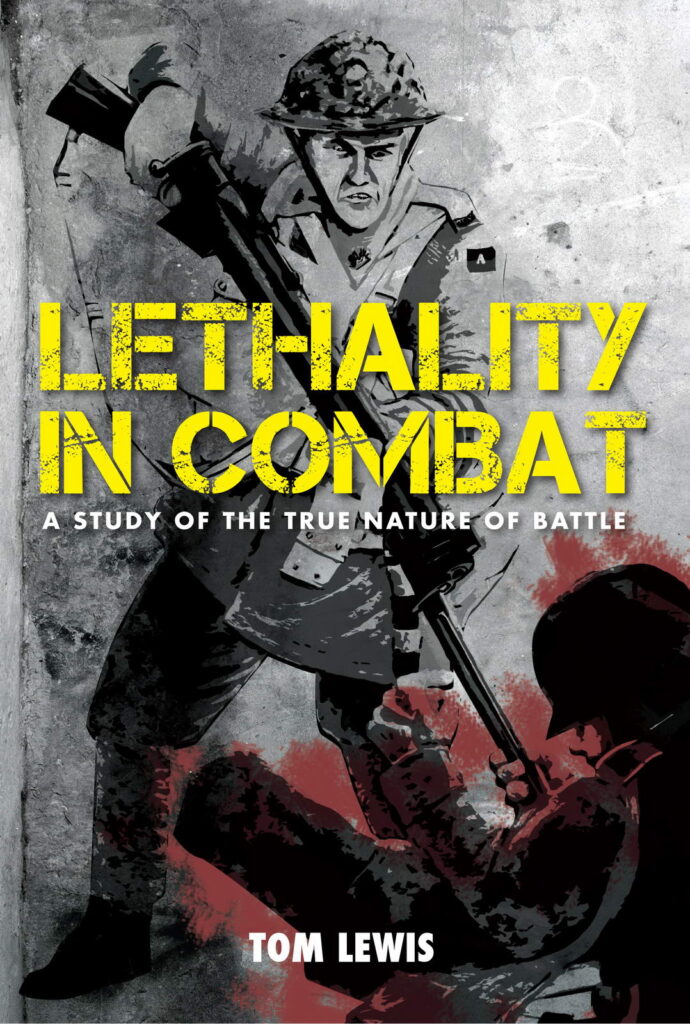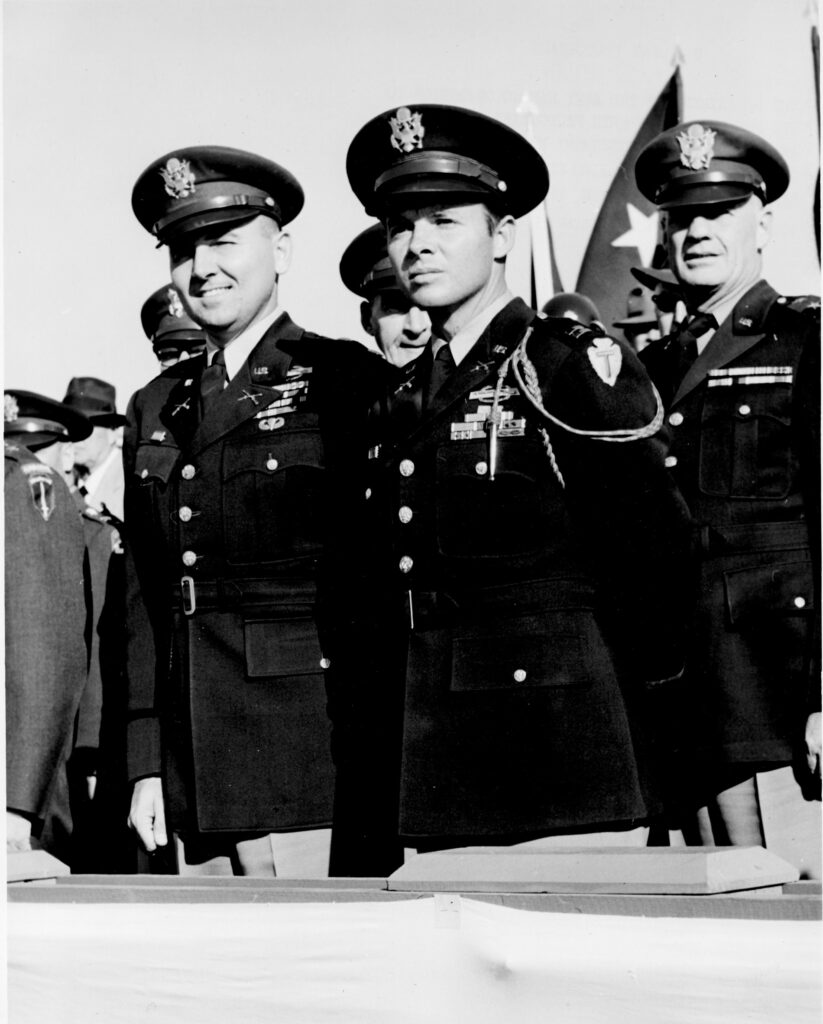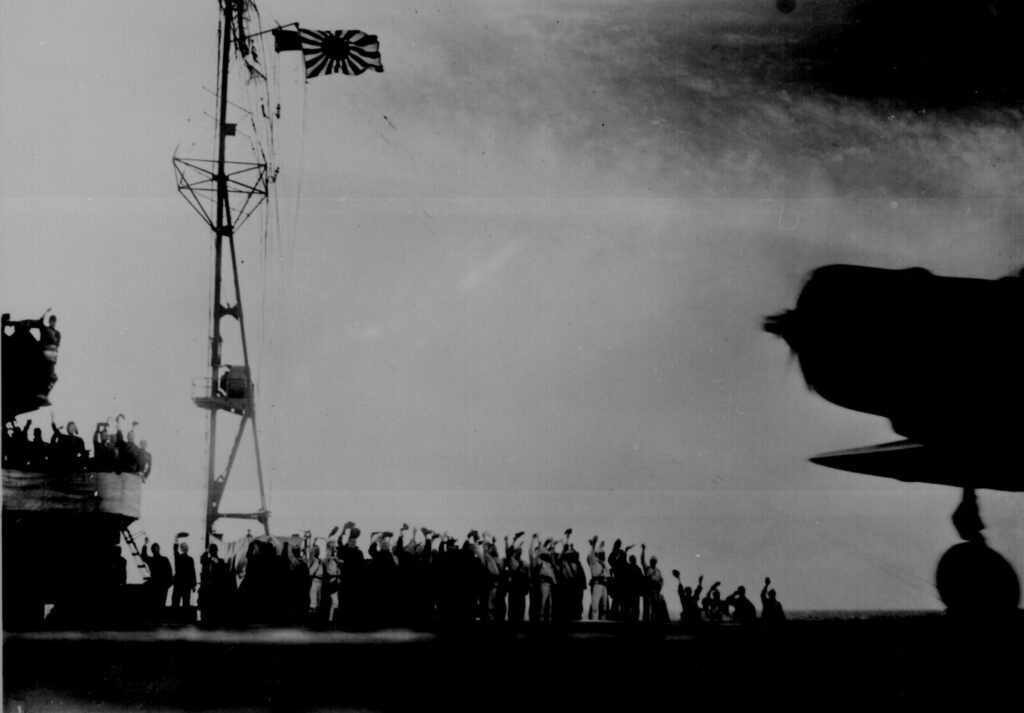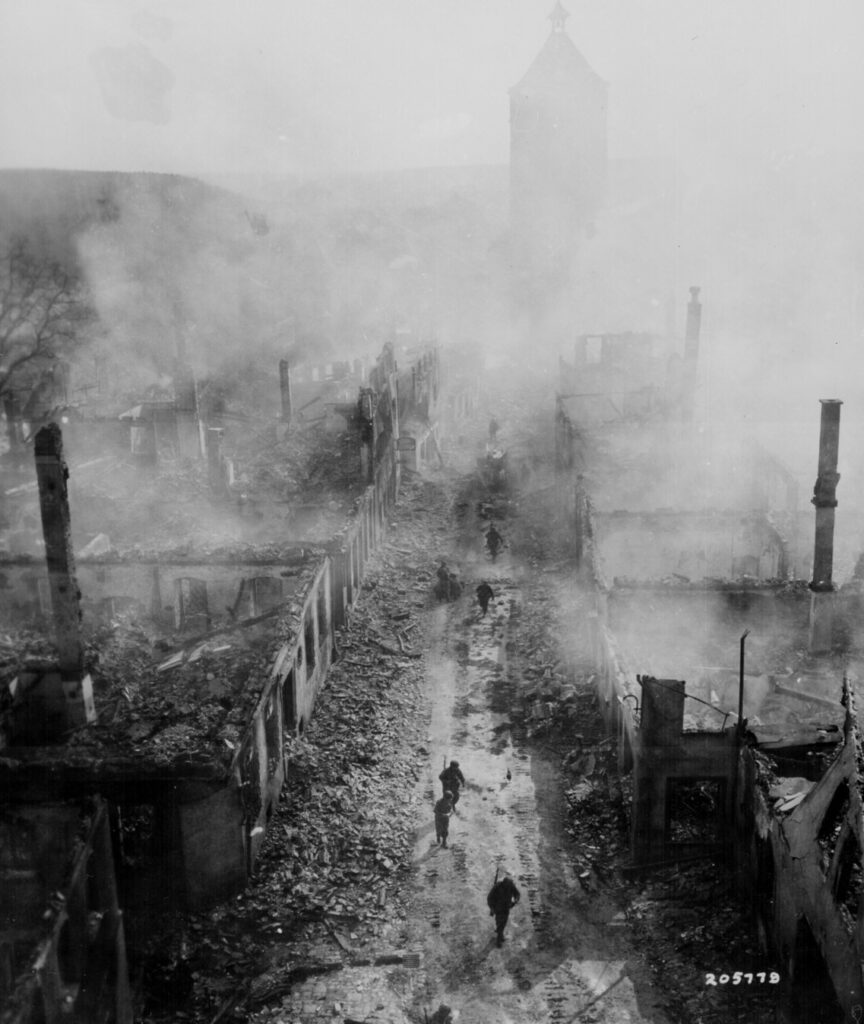During a Memorial Day address in 1884, the American Civil War veteran Oliver Wendell Holmes commented that he and his fellow war veterans had ‘shared the incommunicable experience of war. In our youths, our hearts were touched with fire’.

Tom Lewis
Big Sky Publishing
2012, 358pp
Tom Lewis’s book is addressed largely to those whose hearts have not been ‘touched with fire’. He aims to educate them, and particularly those in authority and the very many commentators who attempt to influence them, about the realities of war. In this he has a difficult task, as few in modern Australia have served in the armed forces, even as reserves, and even fewer have been under fire.
Lewis focuses on the role of the armed forces, to defeat their country’s enemies, in the shortest practicable time, and with the minimum of friendly casualties. He notes that minimising enemy casualties in the short term might be counter-productive, if a war then becomes extended, and total friendly and enemy casualties are thus increased. For Lewis, the idea of ‘proportionality’ must consider the alternative possibility of greater casualties.
Lewis uses examples from previous wars to demonstrate the essential nature of war, and to give readers some understanding of the pressures on soldiers on a battlefield. He shows that survival depends on behaviours that many unaware of battlefield realities might find repugnant. This point was made by George Patton, quoted in the book, when he said to his soldiers that ‘Your job is not to die for your country. Your job is to make some poor bastard die for his’. This essential point seems lost on some modern community ‘leaders’.
Shooting or bayoneting wounded enemy before passing by them might seem wrong to observers who are unaware that wounded enemy have frequently taken up their weapons again to shoot soldiers who had moved past them. The prevalence of this practice among wounded Japanese soldiers during the Pacific war might explain why so few were captured. Ensuring that risk is minimised also seems be essential when fighting an enemy that favours suicide tactics, or does not routinely wear uniforms or display distinguishing marks, as required by international law. Lewis contends that it is reasonable to kill an enemy who refuses to surrender, to minimise the risk to friendly personnel.
Lewis shows that actions sometimes described as desecrating enemy dead (perhaps by kicking them) can have a compelling logic, as an alternative to the use of a bullet or bayonet to ensure that the enemy soldier is no longer a threat. Some of the other actions he describes, however, seem to go beyond battlefield necessity.
Lewis also demonstrates that there is logic to treating an enemy well, if this treatment might ensure that friendly soldiers are also treated well. He does not explore in detail the likelihood that this practice will be effective in a war between ideologically irreconcilable enemies, one of which is determined to conquer absolutely the other.
Lewis concludes by proposing that international law should reflect the realities of combat, rather than an idealised view of human nature. He makes his case forcefully, showing that warfare is an ongoing part of the human condition, in which seeking maximum effectiveness is the task of the soldier (and sailor and airman; although the book focuses on land combat, there are discussions of naval and air operations). He does, however, have a tendency to hammer his point home excessively, and the repetition of essentially similar stories can cause a degree of mental overload. Well worth reading, despite the difficult style.
Reviewed by John Donovan
The problems in making warfare ethical By Tom Lewis
Warfare is an enormously complex and difficult part of human societies. Today in many countries there is an effort to engage in it ethically. But this is fraught with problems. How would YOU react in the situations shown in bold below?
Experienced soldiers of the past realised that new recruits must be urged to be lethal, for good reason. Were Australian forces using this handbook wrong? A pocket book for troops, published in 1941 for the Australian Army, urged:
Shoot to kill. If you do not, to-morrow morning, some of those men will sit behind fresh machine-guns. Their bullets will flay your flanks, kill good soldiers, perhaps kill you…He who lets an enemy escape may be the means of the death of his best friend.

Sixty years after the WWII ended World War II Australia’s Nancy Wake, who was parachuted into France to work with the Resistance, was still accepting the need to be savage. She was made a Companion of the Order of Australia, and commented when asked by the media about her wartime experiences: “I killed a lot of Germans, and I am only sorry I didn’t kill more.” Would you condemn Nancy for this?
There is considerable hypocrisy in such attitudes. You go to war to win, not to lose. Societies with their backs to the wall want people like Bomber Harris to come to the fore, and so he commanded the 1000 bomber raids that levelled much of Germany in WWII. Decades after WWII the same society says it is fine to allow people to pour paint over his statue in London.
Societies must realise, as General Sherman said: “War is cruelty and you cannot refine it”. It is ridiculous to want attack dogs to guard you and then when they’re sent forward ask that they “be nice”.
Taking prisoners is extremely dangerous
Modern commentators usually argue prisoners must be given every opportunity to surrender. But injured Japanese in WWII were approached with extreme caution, because previous bitter experience taught Allied soldiers they would fight to the last, often with a grenade hidden inside a loincloth. So they routinely shot fallen Japanese to ensure they weren’t still dangerous.
It’s not always possible in warfare to take prisoners or treat them humanely. In WWII Australian soldier Richard Weston was with three British tanks herding a large group of Afrika Korps prisoners to the rear. They were delayed, and the Germans took the opportunity to run. Within seconds all three tanks opened fire with their machine-guns and kept shooting till none was left standing. Is this a war crime?

Should we investigate, and take away the Victoria Cross of Australia’s Albert Jacka? In the Western Front in WWI Jacka stormed a trench with four enemy in it who were firing at him, inflicting several wounds. He kept going, however, and eventually the Germans “…flung down their rifles and put up their hands.” However, he shot three and bayoneted the fourth, explaining: “I had to do it – they would have killed me the moment I turned my back.” Would you remove Jacka’s VC?
In New Guinea Australian soldier VX66349 noted his distress when “a patrol of ours found one of our mates, who had been missing. He’d been tied to a tree by the Japs, with a length of bamboo forced into his back side.” The soldier died a little while later, and VX66349 concluded: “I went a little insane for a while, and when we’d cornered some Japs later on, the things we did to them now seem horrifying – but I guess that’s war”. Should we now find this soldier and prosecute him?
Are they civilians, or enemy? You have seconds to find out…
Civilians are often not. Context is everything. From the Vietnam War, perhaps one of the most famous pictures is of a South Vietnamese soldier in a street shooting man wearing civilian clothing. It has been played thousands of times: the message was loud and clear – this is the kind of atrocity that the South Vietnamese army did to their own people, with the backing of the US.
However, the Western media did not usually report that Nguyen Ngoc Loan was executing the leader of a team of Vietcong terrorists who had killed the family of a fellow officer including his 80-year-old mother, his wife and his children. Was Nguyen Ngoc Loan wrong?

If a civilian picks up a weapon he instantly becomes a combatant. War crime or reality? Marine John Daube recalled:
One day a Vietnamese boy about eight years old approached our group wearing a knapsack. It looked like the bookbags kids use today. It was in the middle of the summer, so we were pretty certain there was no school. A reflection of the sun highlighted a wire that ran over the kid’s shoulder and down his arm. One of the Marines shot him. As the child fell, he pulled the wire and blew himself up.
These are some of the dilemmas of warfare. Those who seek to condemn military forces for their actions would do well to reflect on their complexity before they begin.
-o-o-O-o-o-
Dr Tom Lewis OAM is a military historian. In his service career with the Australian Defence Force, he led a US Intelligence team in Baghdad in 2006 in some of most bitter fighting of that war. His book The Truth of War – from which much of this material is gathered – is released by Big Sky Publishing in November 2023.
Contact MHHV Friend about this article.






